To provide the best experiences, we use technologies like cookies to store and/or access device information. Consenting to these technologies will allow us to process data such as browsing behaviour or unique IDs on this site. Not consenting or withdrawing consent, may adversely affect certain features and functions.
The technical storage or access is strictly necessary for the legitimate purpose of enabling the use of a specific service explicitly requested by the subscriber or user, or for the sole purpose of carrying out the transmission of a communication over an electronic communications network.
The technical storage or access is necessary for the legitimate purpose of storing preferences that are not requested by the subscriber or user.
The technical storage or access that is used exclusively for statistical purposes.
The technical storage or access that is used exclusively for anonymous statistical purposes. Without a subpoena, voluntary compliance on the part of your Internet Service Provider, or additional records from a third party, information stored or retrieved for this purpose alone cannot usually be used to identify you.
The technical storage or access is required to create user profiles to send advertising, or to track the user on a website or across several websites for similar marketing purposes.
 When comparing the results of 18 – 29-year-olds with other age brackets, we often find that researchers are bending over backwards to find some kind of pattern. Now a new survey a new study from Automatic Data Processing (ADP) finds unsurprisingly, that there is actually little difference between the age groups regarding those who go to work because they like their company and feel that they’re on the same mission. Of those aged 30 – 49 years old, 9 percent choose this option as did 11 percent of 50 – 64-year-olds.
When comparing the results of 18 – 29-year-olds with other age brackets, we often find that researchers are bending over backwards to find some kind of pattern. Now a new survey a new study from Automatic Data Processing (ADP) finds unsurprisingly, that there is actually little difference between the age groups regarding those who go to work because they like their company and feel that they’re on the same mission. Of those aged 30 – 49 years old, 9 percent choose this option as did 11 percent of 50 – 64-year-olds.











 With the rise of both cloud-based technology and the worldwide gig economy, the last ten years of the 21st century have seen some near-revolutionary changes in workplace practice. Entrepreneurs everywhere have been more than happy to make use of these developments, taking advantage of the new business models these changes have brought. For example, IDG found that
With the rise of both cloud-based technology and the worldwide gig economy, the last ten years of the 21st century have seen some near-revolutionary changes in workplace practice. Entrepreneurs everywhere have been more than happy to make use of these developments, taking advantage of the new business models these changes have brought. For example, IDG found that 



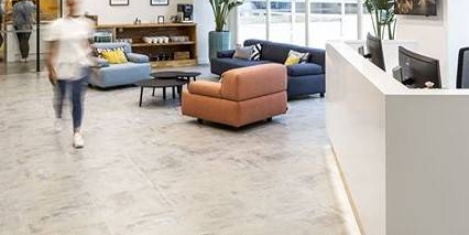
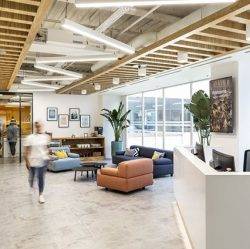

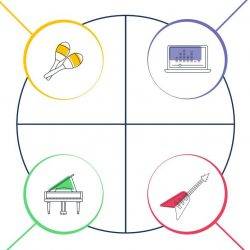




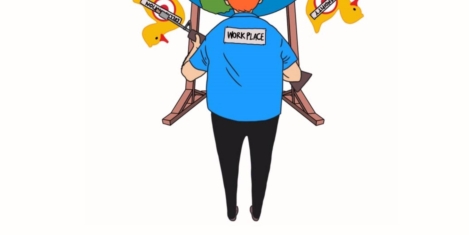
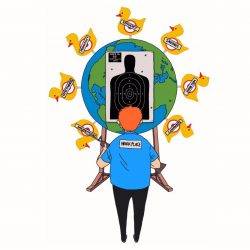


















February 27, 2019
The Hitchhiker’s Guide to the Workplace 0
by Mark Eltringham • Comment, Facilities management, Technology, Workplace, Workplace design
More →